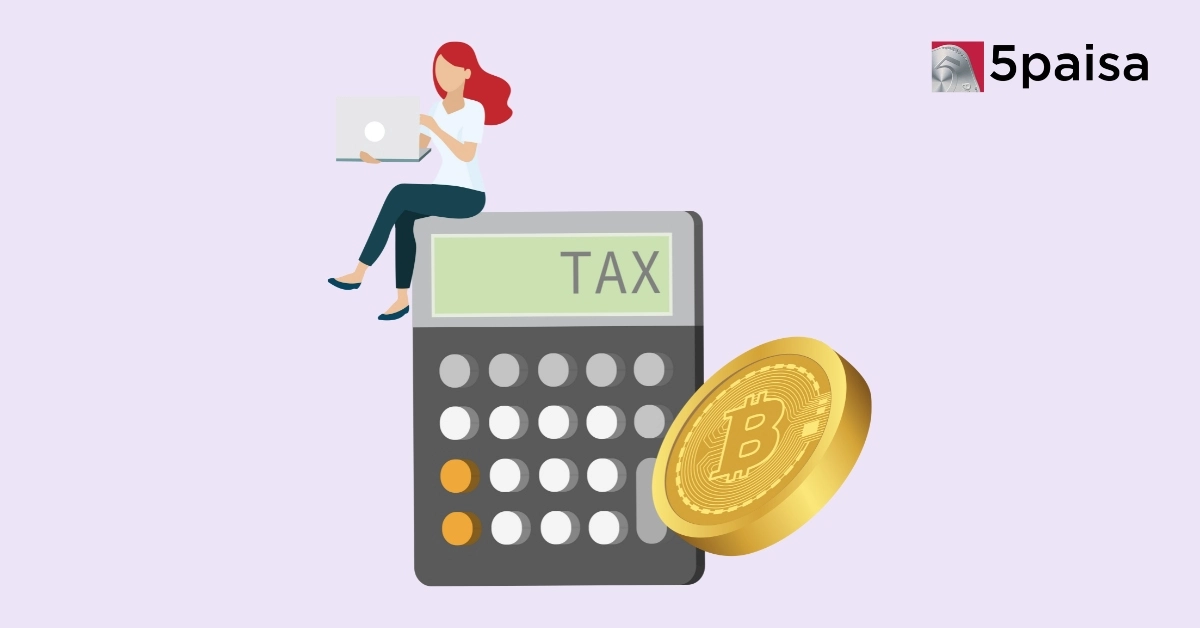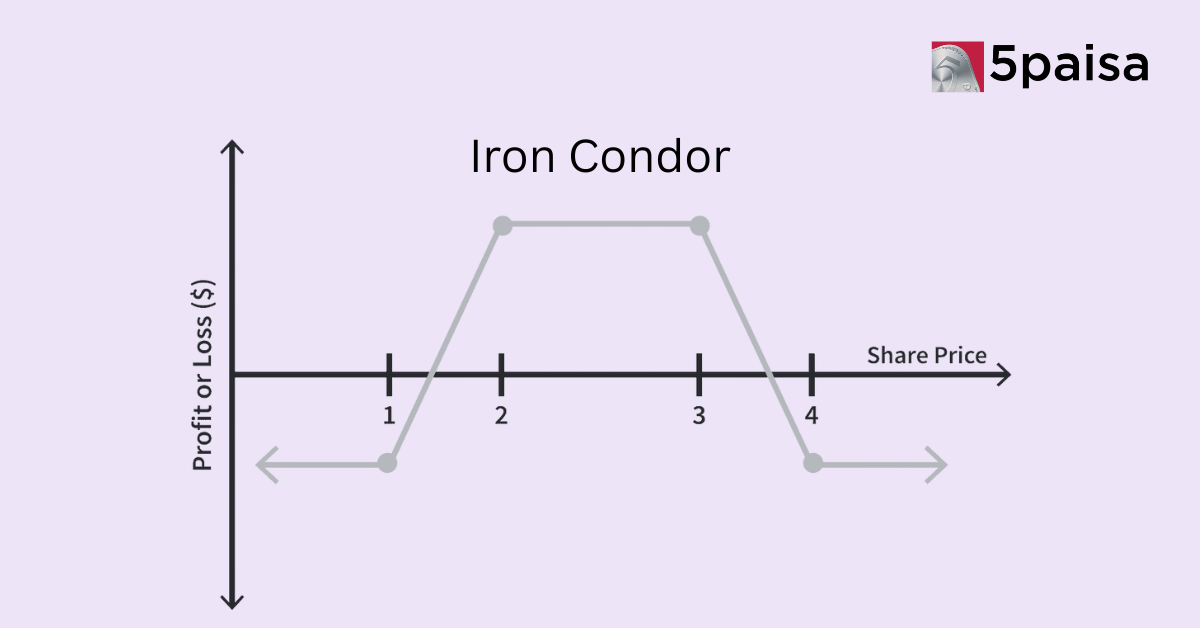Social Media Scams: SEBI Warns of Financial Scams on Social Media
Best High Volatile Stocks in India

Volatility is an integral part of investing in equity markets. As investors, we all yearn for a linear growth to our portfolio, and a frictionless high-return trajectory.
However, naively hoping that one’s portfolio keeps registering a multi-fold increase without a corresponding rise in volatility or risk is, at best, wishful thinking. At worst, it can entrap the investor in a greed or fear mode, both of which lead to disastrous wealth management decisions.
Every one of us can calibrate the level of risk and volatility in our investments by following time-tested principles of diversification and asset allocation. To moderate the risk inherent to one’s portfolio, it is necessary to unpack the impact of market volatility, and how it can amplify or damage our wealth creation potential.
Let’s dive in.
What is volatility?
Academically speaking, volatility is a statistical parameter that indicates the frequency and intensity with which the price of a stock fluctuates over a given period. The higher the price fluctuations in a stock, the greater volatility it is said to possess. The greater the volatility in a stock, the higher the risk associated with the stock investment.
The volatility of a stock is determined by several wide-ranging factors like geo-political tensions, macroeconomic developments, liquidity conditions, logistical issues including supply chain buildup and more. These factors can work in isolation or in tandem to either dent a stock price or send it shooting upwards. How a stock price responds to market developments is also intricately linked with the sector in which the company operates and the financial health of its business.
Before taking a position in a stock, investors must have a clear-eyed assessment of their risk appetite. Stocks with high volatility imply a lot of risks but can also deliver stellar returns. Stocks with low volatility may denote low risk but the catch here is that they are also most likely to deliver low returns in a shorter time-frame.
Investors must perform their due diligence and research before channelling their funds in the most volatile stocks.
Features of the Most Volatile Stocks to Invest in India
Volatile stocks are known for their rapid and unpredictable price changes, making them a high-risk, high-reward investment option. Here are some key features of the most volatile stocks:
Frequent and Substantial Price Swings: These stocks show large price movements within short time frames. For example, stocks like ITI Ltd and Mazagon Dock Shipbuilders Ltd have experienced notable intraday swings recently, reflecting their volatility.
High Beta Values: Stocks with a beta greater than 1 are considered more volatile than the broader market. Inox Wind Ltd, with a beta of 1.86, and HUDCO, with a beta of 1.70, serve as prime examples of high beta stocks, indicating greater price sensitivity to market movements.
Smaller Market Capitalization: Smaller companies are often more volatile due to lower market liquidity and trading volumes. ITI Ltd exemplifies a smaller-cap stock with high volatility, influenced by its limited market size.
Sensitivity to News and External Events: Volatile stocks are highly reactive to news and external factors, which can lead to rapid price changes. A recent example is Zee Entertainment Enterprises Ltd, which faced significant price swings following regulatory scrutiny.
Irregular or Unpredictable Earnings: Companies with inconsistent earnings often see greater stock price volatility. Vodafone Idea Ltd and Mazagon Dock Shipbuilders Ltd are examples of firms with erratic earnings, resulting in heightened volatility.
Historical Volatility: Stocks that have demonstrated large price swings in the past are likely to continue exhibiting volatility. This historical trend can serve as a predictor of future performance, underscoring the ongoing risks associated with these investments.
High volatile stocks in India
Thankfully, there is an index within the NSE universe that comprises high-beta stocks. This index is called the Nifty High Beta 50. Stocks that have the highest weightage in the index as of December 29, 2023 include:
| Stocks | Weight |
| Adani Enterprises | 3.68% |
| RBL Bank | 2.86% |
| Adani Ports and Special Economic Zone Ltd | 2.76% |
| Karnataka Bank | 2.68% |
| Ambuja Cements | 2.67% |
| Indiabulls Housing Finance Limited | 2.61% |
| Bank of India | 2.57% |
| Punjab National Bank | 2.53% |
| Union Bank | 2.49% |
Overview of best volatile stocks in India
Here are a few high-beta stocks in India, which have a beta score of more than 1
| Company | Market cap (Rs cr) | CMP | P/E | 52W H/L |
| Bajaj Finance | 4,67,070 | 7,546 | 31.2 | 8,192 / 6,188 |
| Infibeam Avenues | 7,845 | 28.2 | 39.2 | 40.1 / 16.1 |
| Indiabulls Housing Finance | 12,076 | 161 | 12.01 | 209.56/131.10 |
| Suzlon Energy | 1,12,690 | 83.3 | 122 | 86.0 / 25.0 |
| Universal Cable | 2,342 | 675 | 26.1 | 939 / 380 |
| Adani Enterprises | 3,49,519 | 3,066 | 84 | 3,744 / 2,142 |
| Tata Motors | 3,59,181 | 976 | 10.6 | 1,179 / 608 |
| Adani Power | 2,59,630 | 673 | 16.2 | 897 / 289 |
| DLF | 2,27,580 | 919 | 80.1 | 968 / 514 |
How to identify highly volatile stocks?
There are several methods that investors and traders can employ to zero in on highly volatile stocks.
Beta: This is one of the key parameters looked at to determine if a particular stock is volatile or not. This parameter measures the return of a stock in comparison to the overall benchmark returns. A beta of 1 means that the stock volatility is the same as that of the benchmark. A beta greater than 1 indicates that the stock is more volatile than the market, and a beta of less than 1 indicates that the stock is less volatile than the market.
ATR: ATR or Average True Range measure the volatility of a stock price after taking into account upswings and downturns in the stock price. Typically, ATR looks at the last 14 periods, which may be daily, weekly, monthly or yearly. For short-term calculations of volatility, one can consider the last 10-12 periods. For calculations of long-term volatility, 20 to 50 periods are considered.
Market developments: Naturally, market sentiment makes a massive difference to the range in which a stock price operates. Other developments within the segment and the economy also determine the direction of the stock.
Option pricing: Option price is another factor that is supervised by traders regularly to understand the price range and movement. Higher option pricing hints at elevated volatility in the stock price.
Details of the most volatile stocks in NSE
Bajaj Finance: The company is an Indian NBFC based out of Pune. It has a 6.29 crore strong customer base and is geographically present in over 3,600 locations across India. It has over Rs 2,70,000 crore assets under management.
Infibeam avenues: The company is a leading Digital Payment Solution and Enterprise Software Platform provider. It is a global fintech company that caters to the B2B segment and is headquartered in GIFT city in Gujarat.
Indiabulls Housing Finance: India’s third largest housing finance company, which has been given an ‘AA’ credit rating by agencies like Crisil and ICRA. The company has serviced over 1.4 million customers and has AUMs over Rs 3.08 lakh crore.
Suzlon Energy: A wind and energy solutions provider, with a presence in 17 countries spanning Asia and Europe. The company reported a net profit of Rs 2,883 crore for FY23.
Adani Enterprises: Adani Enterprises is the flagship company of the Adani group and is present in sectors like energy and utilities, data centres, infrastructure, transport and logistics. In FY23, it delivered a net profit of Rs 2,842 crore on a revenue of Rs 1,36,978 crore.
Tata Motors: The company is a $42 billion organisation that manufactures cars, utility vehicles, pick-ups, trucks and buses. It is India’s leading commercial vehicle manufacturer and ranks amongst the top three in the passenger vehicle segment.
Adani Power: A critical part of the Adani group of industries, this company is the largest private thermal power producer. The company has a power generation capacity of 15,250 MW comprising thermal power plants in Gujarat, Maharashtra, Karnataka, Rajasthan, Chhattisgarh, Madhya Pradesh, and Jharkhand, and a 40 MW solar power project in Gujarat.
DLF: The company is India's leading real estate developer with more than seven decades of experience under its belt. DLF has developed more than 158 real estate projects and developed an area above 340 million square feet. In its latest annual results, it reported a net profit of Rs 2,034 crore and total revenue of Rs 5,695 crore.
Tips for Investors While Investing in Highly Volatile Stocks
Here are some tips for investors when investing in highly volatile stocks”:
● Do your research - Understand the company, its financials, business model, etc. to determine if the volatility is justified or just market noise. This will help you make informed decisions.
● Invest for the long term - While short-term volatility is common, quality stocks tend to go up in the long run. So, focus on the company's long-term potential rather than short-term fluctuations.
● Use limits and stop losses - Place limits and stop losses to lock in profits and limit the downside when volatility spikes. Reassess periodically.
● Allocate prudently – Don’t allocate more than 10-15% of your portfolio to highly volatile stocks. Spread risk across multiple volatile stocks and sectors.
● Buy on dips - Take advantage of sudden price dips in quality stocks to buy more. But the average is also up on price rises to benefit from the upside.
● Stay calm - Don't panic because of volatility. Review fundamentals to see if anything has changed. If not, wait out short-term volatility swings or buy more on dips.
Things to understand before investing in high-volatility stocks
Before investing in high-volatility stocks, one must learn to play volatility in his or her favour. Acting on panic triggered by market downturns is one reason why many investors often end up losing their initial investment corpus.
We as investors are more attuned to avoiding losses rather than making profits. If investors learn to embrace volatility, they can earn handsome returns in the long run, however, this will call on investors to stick with their investment thesis during bear phases and market meltdowns.
For those looking to strictly trade with their capita, volatility can be a friend or a foe. It can exponentially ratchet up one’s profit levels if the trade is executed correctly. Failing this, sudden market swings have been known to erode the corpus of many newbies and established traders.
Advantages of investing in highly volatile stocks
1. High-volatility stocks have a beta greater than the market. This means that they can deliver better returns than the benchmark.
2. Many of the high beta stocks come from the mid-cap and small-cap segments which means that one can bag them at cheap valuations.
3. They can play the role of an inflation hedge. Considering the high volatility in these stocks, they can deliver outsized returns, which helps investors mitigate the impact of inflation.
Disadvantages of investing in high volatility stocks
1. The risk of losing one’s investment capital or a sizable portion of it rises with investments in volatile stocks. These stocks can move up or down dramatically. A failure in timing the market correctly or misreading its sentiment can lead to hefty losses.
2. Given that the beta of these stocks is more than 1, that is, greater than the benchmark, these stocks will report higher negative returns compared to the benchmark during market corrections and crashes. The higher upside earning potential is accompanied by the possibility of a capital loss.
Who Should Invest in High Volatile Stocks?
Market volatility tends to lessen over longer timeframes. For long-term investors, the short-term ups and downs of volatile markets have a reduced impact on overall returns. Despite temporary unease from market swings, maintaining a long investment horizon helps buffer portfolios.
Conclusion
Before investing in highly volatile stocks, one must ensure that they conduct their due diligence and technical analysis. Investing in the short-term is often prone to market shocks and unanticipated market developments. If one has the appetite to tolerate risks, then one can hope to make a quick buck in the market. However, if one is unsettled by sudden erosions in invested capital, it is better to steer clear of highly volatile stocks. Alternatively, one can also opt to stay invested in volatile stocks for the long run, if the fundamentals are strong enough.
Frequently Asked Questions
Why are some stocks more volatile than others?
How do investors react to highly volatile stocks?
How do I determine if a stock is highly volatile?
Can highly volatile stocks be profitable for investors?
- Flat ₹20 Brokerage
- Next-gen Trading
- Advance Charting
- Actionable Ideas
Trending on 5paisa
Indian Stock Market Related Articles
Disclaimer: Investment in securities market are subject to market risks, read all the related documents carefully before investing. For detailed disclaimer please Click here.

 5paisa Research Team
5paisa Research Team
 Sachin Gupta
Sachin Gupta




